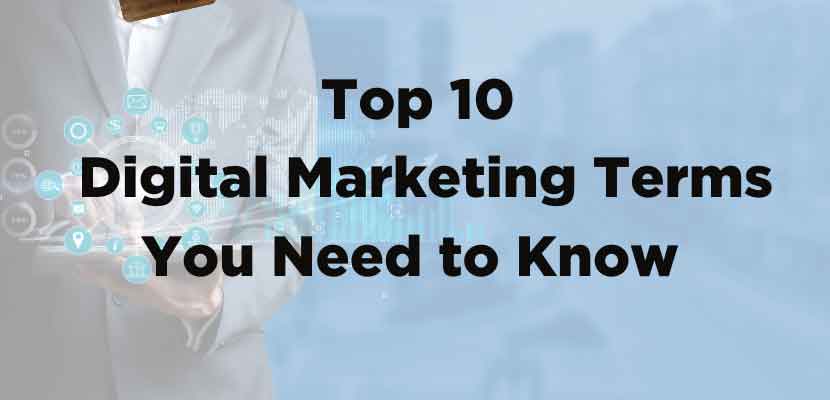Digital marketing has evolved over the years. New marketing trends arise and so does new terminology.
Digital marketing is all about using different types of electronic media and digital channels like websites, email, social media and paid advertising to your advantage.
For a digital marketing aspirant, and any netizen it is essential to stay up-to-date with the latest terms used in digital marketing.
Here are 10 important terms that may look like Digital Marketing jargon, but is actually quite simple to understand:
1. Brand Positioning
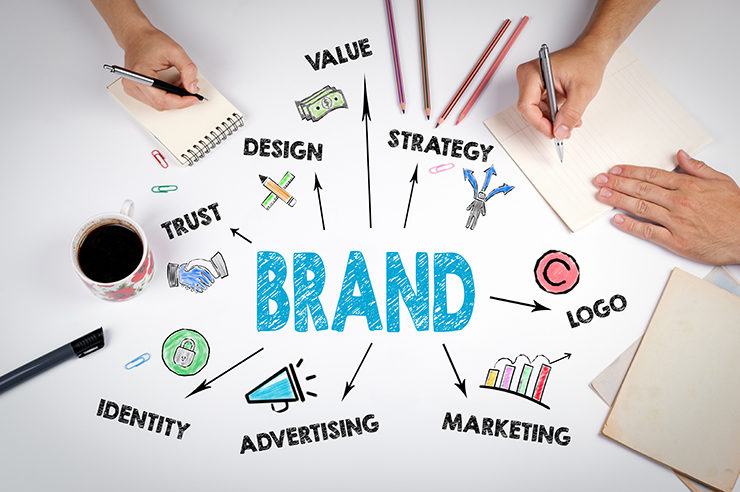
Image Credit: Click Here
Brand Positioning is a term in digital branding. This is when you create a brand identity and connect to it as distinct from competitors through the tone, voice, and visual design of logo, ads, promotion, social media representation, and so on.
Brand positioning is important because:
- It creates market differentiation
- This drives sales
- Builds reputation
- Gives attention to your brand marketing message
2. Mobile Wallet Marketing
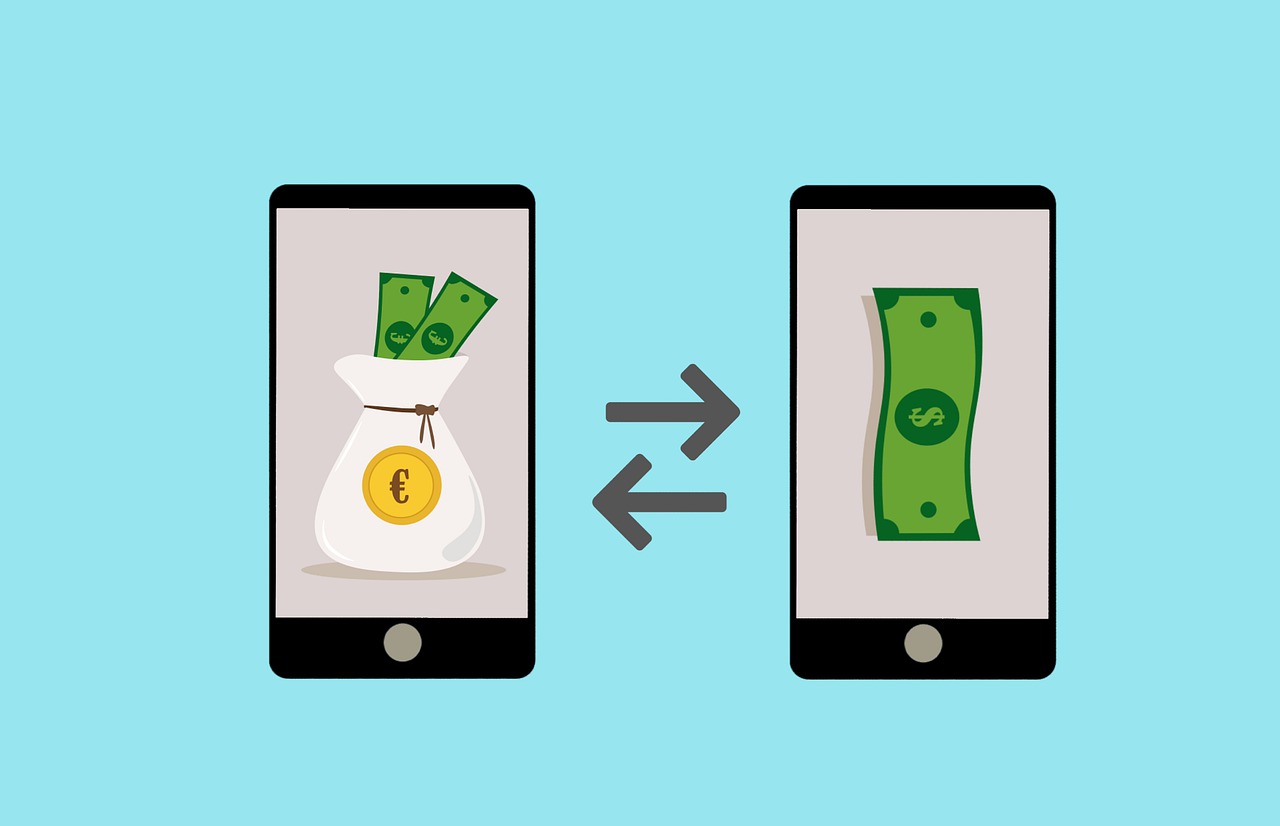
Image Credit: Click Here
A virtual wallet that stores payment information on a mobile device is known as a mobile wallet. In 2011, Google collaborated with several companies to launch this new mobile payment system.
Apple Pay and Google Pay are popular Mobile Wallets that debuted in 2014 and 2018. Mobile wallets are becoming increasingly popular among consumers, and the technology is unlocking new marketing prospects for brands.
3. A/B Testing
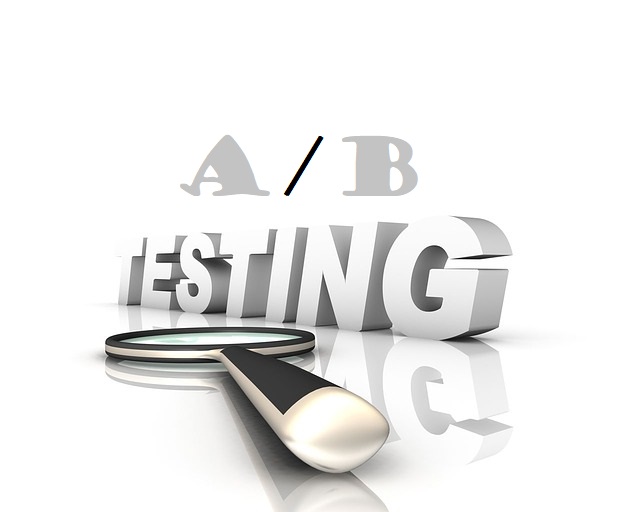
Image Credit: Click Here
The process of testing two versions of digital content with a target audience is known as A/B Testing. Also called split testing, a marketing agency uses it to test e-newsletters, email subject lines, social ads, calls-to-action, and landing page copy to determine which version has the best chance of leading to desired action, like subscribing for a paid membership.
Think of the constant Amazon Prime subscription ads every time to make a non-Prime purchase. Lots of work went into creating the best copy to help more users choose Prime.
Benefits of A/B Testing:
- Helps fine tune email marketing campaigns
- Increase User engagement
- Reduce Bounce Rates
- Minimise risks.
4. Customer Onboarding
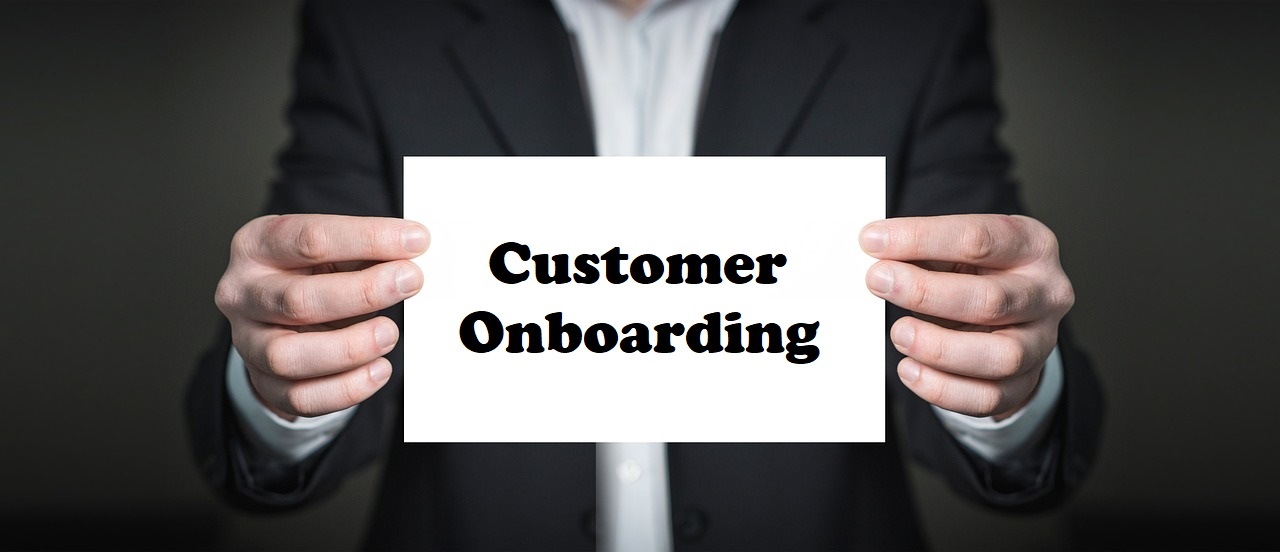
Image Credit: Click Here
A new customer's relation with a firm usually starts with a purchase. The transition from the start of their relationship with a firm to a long-term relationship is called the customer onboarding process.
Both the strength of a customer's initial connection and his or her subsequent interactions with a brand are taken into consideration in the process. An important phase of the client journey is the onboarding procedure. To reach the highest level of customer satisfaction, businesses get services of a digital marketing company to get this done right.
Customer onboarding influences:
- Customer retention
- Customer health
- Net Promoter Score
- Customer Lifetime Value.
Statistics show that 74% of customers move to other brands if the customer onboarding process is difficult. Welcome screens are a popular way of customer onboarding.
--> Also read: Top 10 Digital Marketing Trends in 2022 To Ensure Brand Success
5. CPC
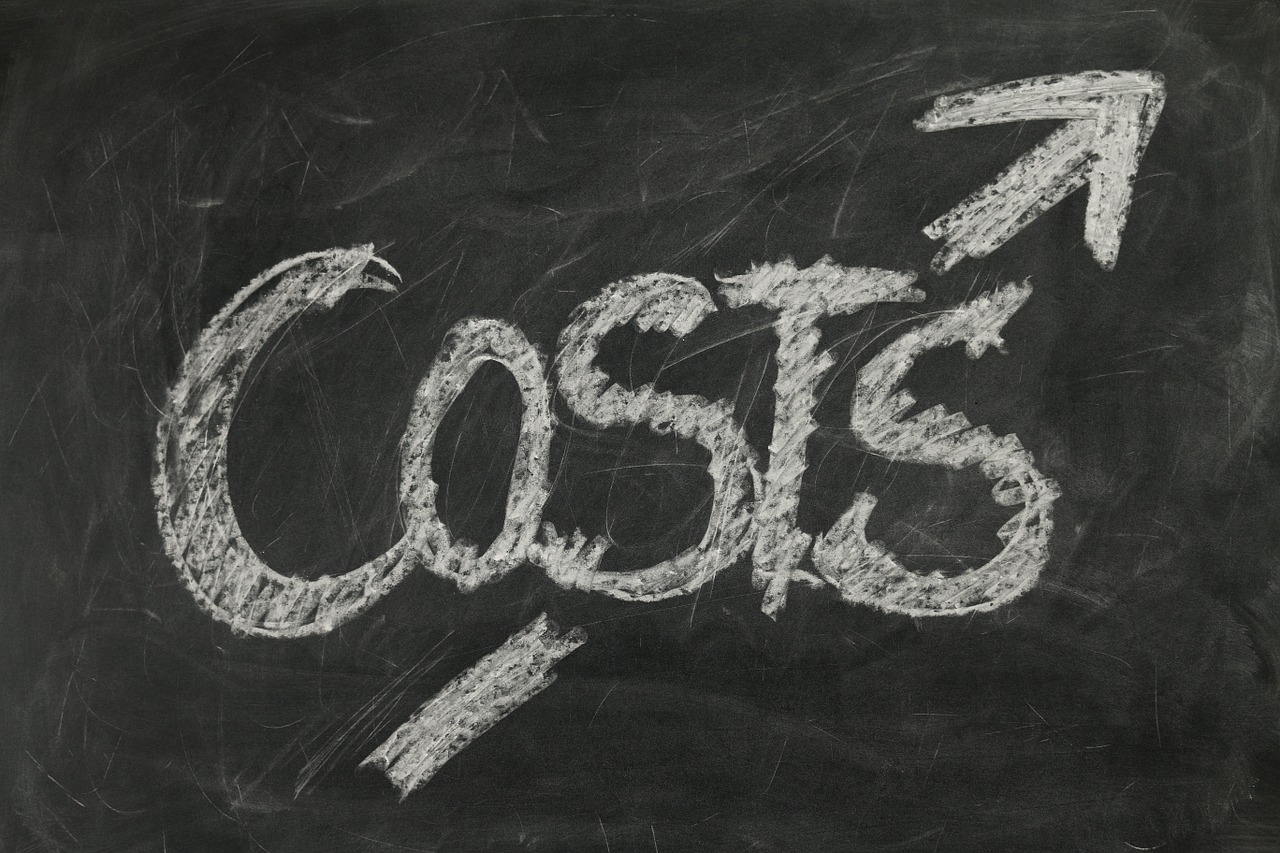
Image Credit: Click Here
CPC or Cost-Per-Click is a pricing model in online advertising. This calculates the cost of each ad click in order to drive traffic to a website - a critical digital marketing metric that shows how much a company pays for someone to click on their ad.
This leads to companies investing in PPC (Pay Per Click) Campaigns.
Interesting facts about CPC:
- The top 3 paid ad spots get 46% of the clicks on page
- Google drives 95% of all paid search ad clicks on mobile.
- PPC campaign need not be expensive to see positive results.
6. CTA or Call-to-Action

Image Credit: Click Here
CTAs are pieces of content on a web page (or email) that prompt visitors to perform a specific action, such as reading more content, joining, subscribing, signing up, or buying.
"Buy now!" is the most basic example of a call to action.
Signs of a good CTA:
- It is straight to the point and includes strong command verbs like “buy” “shop” “subscribe” “Find out”.
- The words used provoke emotion and enthusiasm
- It strikes at a Fear Of Missing Out (FOMO) of potential customers
In short, a good call to action tells your target audience what they should do after clicking on your PPC ad and arrive at your website or landing page.
7. Marketing Funnel
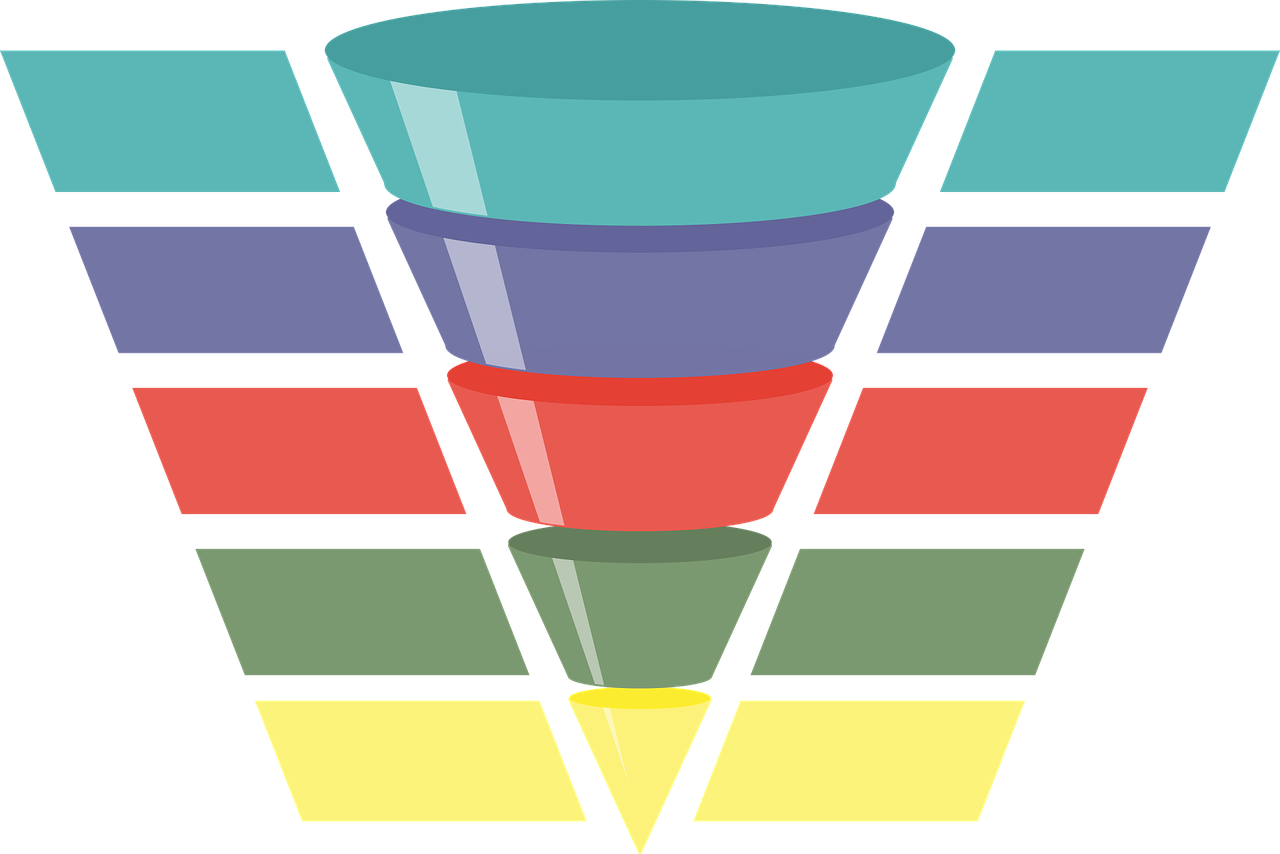
Image Credit: Click Here
Imagine a funnel. The top is the widest, accommodating a lot of area, which decreases as we move further down the funnel to the bottom which is the narrowest part.
The marketing funnel uses this shape to explain a customer’s journey with your company.
We can identify 3 parts of this funnel:
- ToFu or Top of the Funnel
Building trust with high-quality content is necessary at the beginning of the purchasing process, when visitors are still searching for information but are being encouraged to move on to the next stage. AWARENESS and CONSIDERATION is the aim of this phase.
- MoFu or Middle of the Funnel
The phase in which customers have found out their problem and a solution but are still researching - at this point, leads are passed from marketing to sales.
CONVERSION is the aim of this phase.
- Bofu or Bottom of the Funnel
This is the final stage, when the buyer is ready to buy after identifying several vendors. It is a consultative approach to assisting a customer in making a decision that will seal the deal.
LOYALTY and ADVOCACY are characteristics of this phase.
--> Also read: The Essential Guide to Digital Marketing
8. Keyword Stuffing
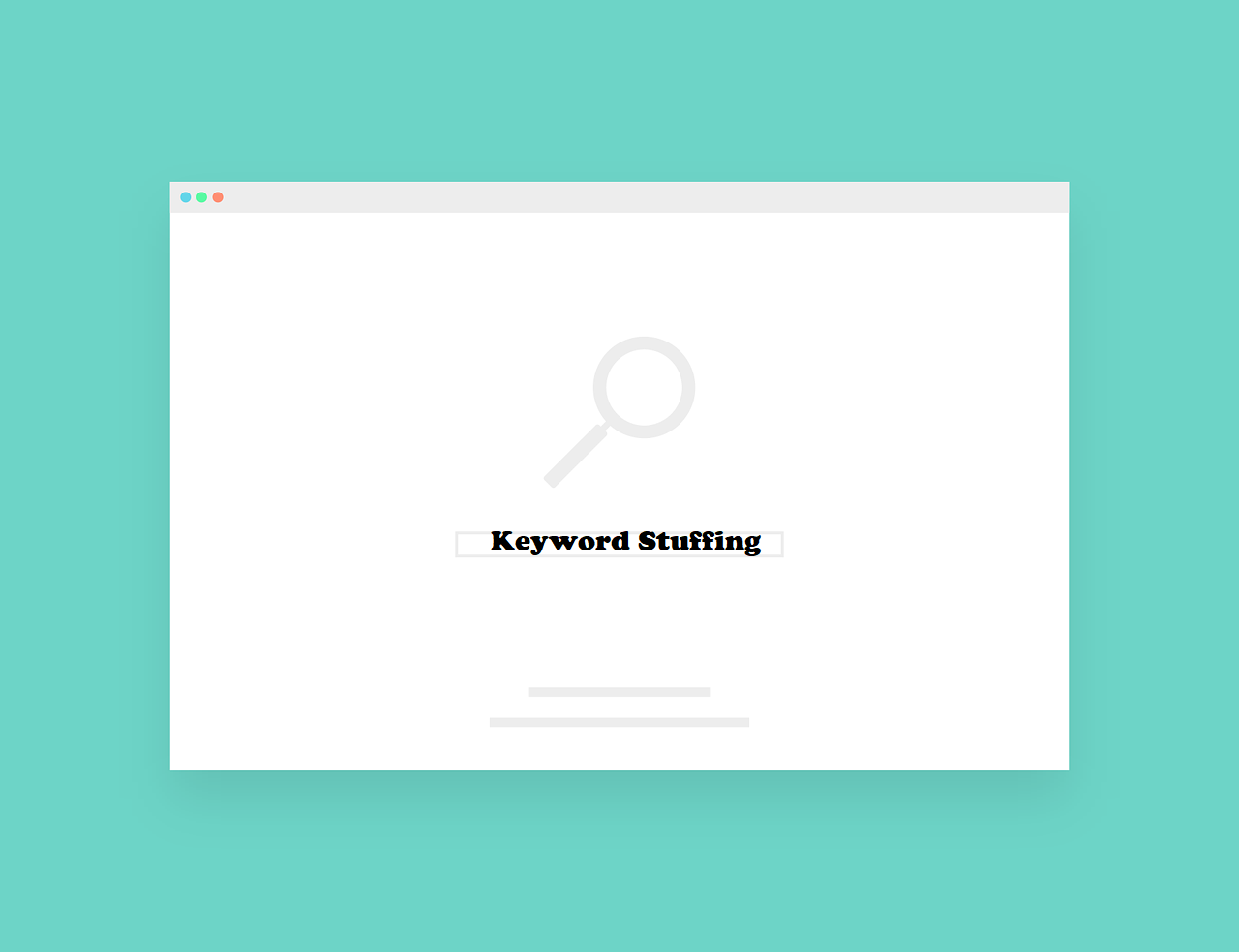
Image Credit: Click Here
When you optimise SEO elements to get high rankings for your site, it is a digital marketing strategy to use keywords and phrases that reflect what potential customers search for when looking for products or services.
But when you use the same keywords over and over in your content, it leads to negative consequences for your website.
Keyword stuffing can lead to:
- Bad user experience: It gives the message that your ranking matters more than your readers.
- Penalties: Search engines catch keyword stuffing and can remove your page from Search Engine Results Pages (SERPs).
- Brand damage: Keyword stuffed content is poor content, and the brand associated with it immediately becomes untrustworthy.
9. Conversion Rate
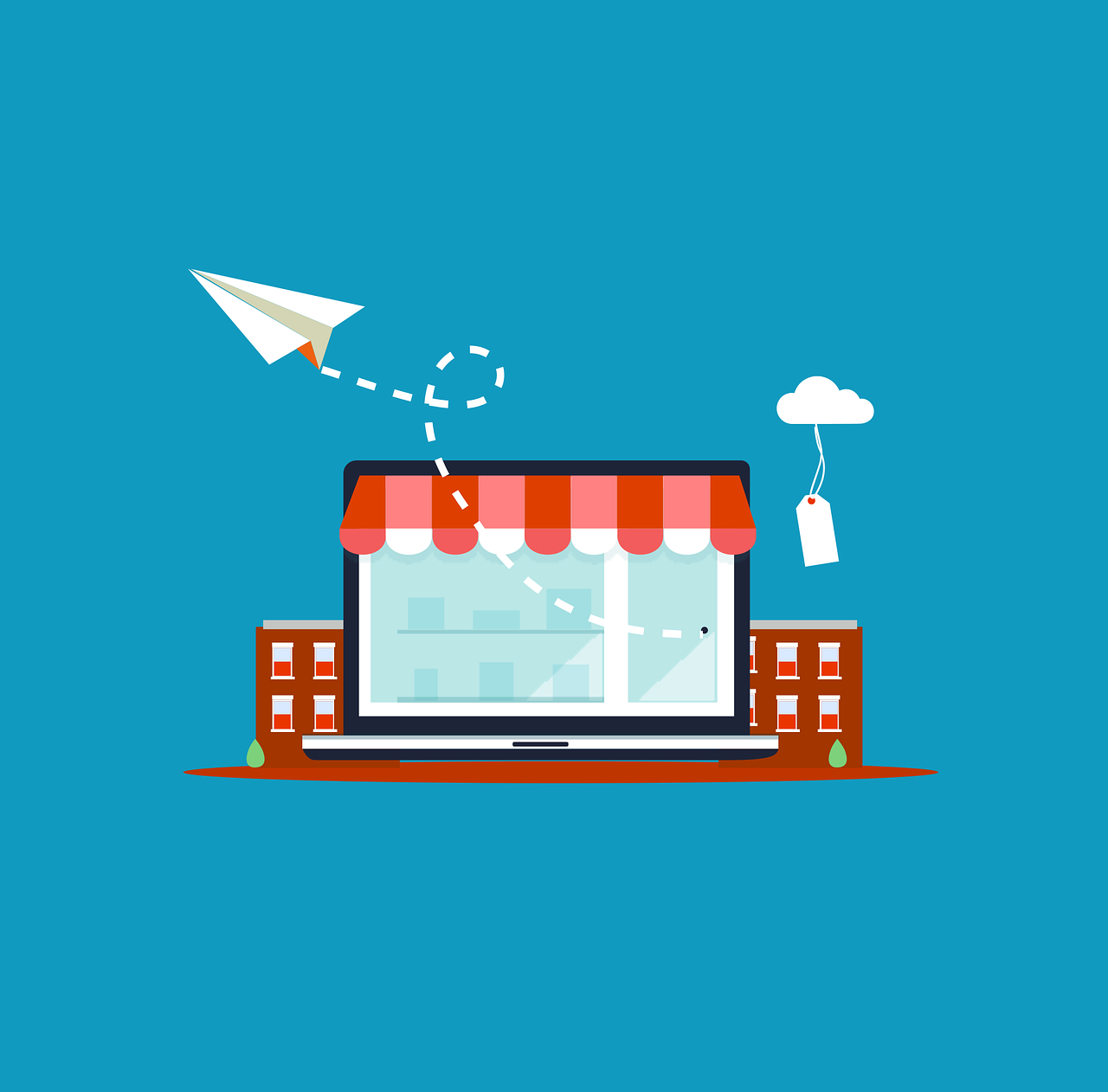
Image Credit: Click Here
The percentage of users who completed the desired action is used as a metric by marketers to improve future growth. This is calculated by the conversion rate percentage – dividing the total audience size by the total number of 'convert' users; for example, those who clicked on an ad.
Digital marketing strategies are almost always data-driven, and this digital marketing term is one of the most commonly measured parameters to determine campaign performance.
- The average website conversion rate is 2.35%.
- The best websites have conversion rates of 11% or more.
- Facebook ads convert at around 9.21% on average.
10. Personalisation Engines

Image Credit: Click Here
This is software that allows marketers to identify, deliver, and measure the best experiences for each individual consumer based on their current situation, previous interactions, and predicted intent.
Digital marketing specialists use data from the following to enhance profiles:
- Real-time behaviour
- Transactions, geography, and affinity are used to enhance profiles.
- The engine assists marketers in segmenting and targeting audiences, and triggering messaging and content delivery.
Personalization engines make use of data from user profiles or anonymous user behaviour tracking.
Learn more about Digital Marketing by enrolling in a digital marketing certification course that can kickstart your career.
Aditya Centre of Excellence (ACE) offers a short 6-month NSDC qualified certification in Digital Marketing that prepares aspirants to take on the role of Digital Marketing Manager for top digital marketing agencies.
--> Also read: 10 Social Media Terms Everybody Must Know
The eligibility is any graduation, so students can apply to this course regardless of the subject background they come from.

